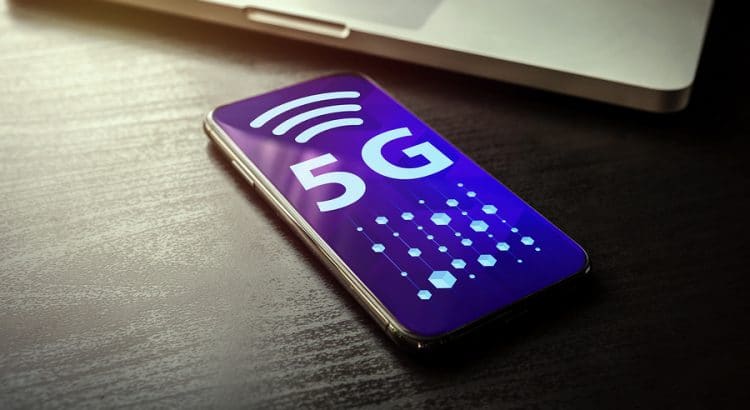US Mobile is a low-cost carrier that offers service over Verizon and T-Mobile’s networks. In the last few months, US Mobile launched two plans that look like great deals for subscribers that opt for Verizon’s network:
- $15 per month – Unlimited minutes and texts + 2.5GB of data
- $30 per month – Unlimited minutes and texts + 10GB of data
US Mobile charges more in fees than most of its competitors. The final cost of these two plans will probably be about $5 per line higher each month than the base prices.
I often think of T-Mobile’s Connect plans and Mint Mobile’s 3GB-8GB plans as the cost leaders in the U.S. wireless market. While these plans have excellent prices, coverage on these plans isn’t as good as the coverage offered by Verizon’s network.
US Mobile’s plans are more expensive than Mint’s plans and T-Mobile’s Connect plans, but the price differences are relatively small. US Mobile may have some of the best options for people that want extensive coverage but also want cheap service. I’m planning to test and review one of the new plans soon.












